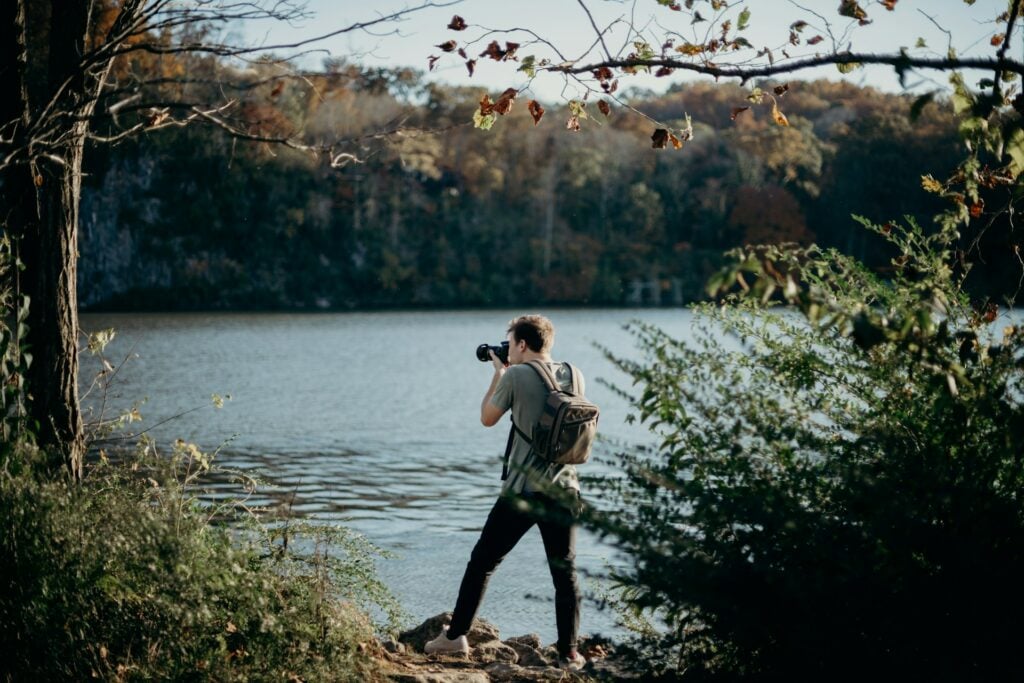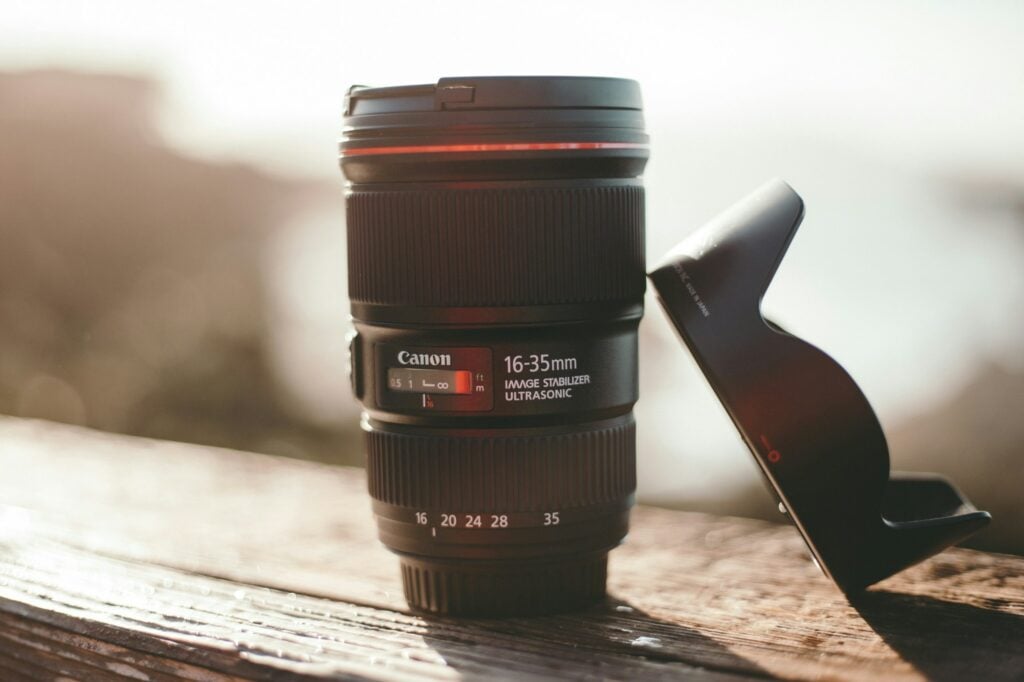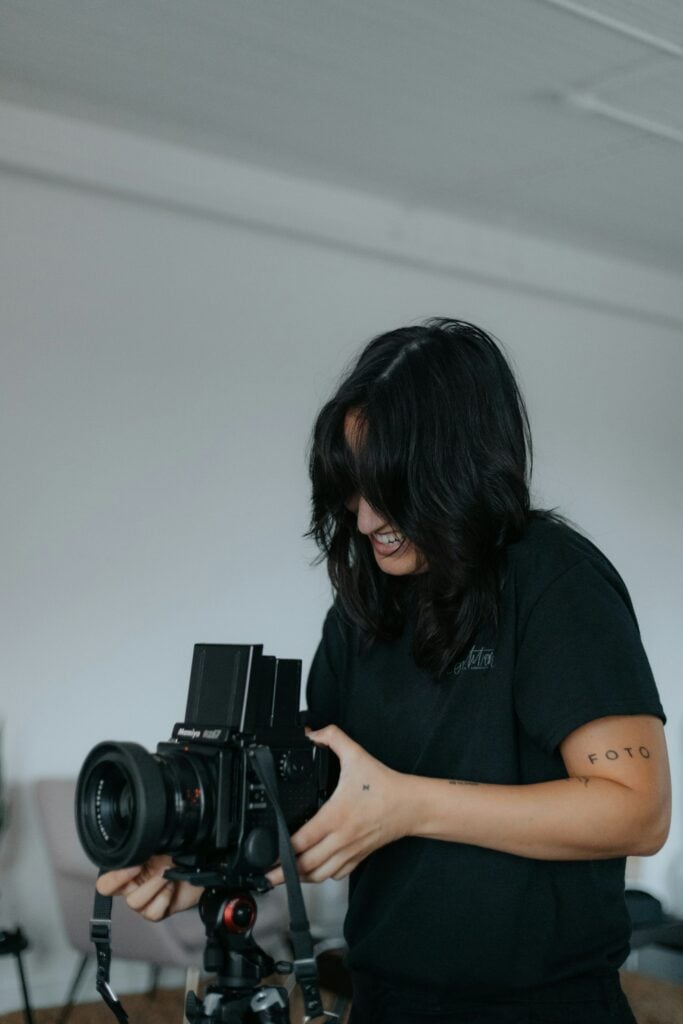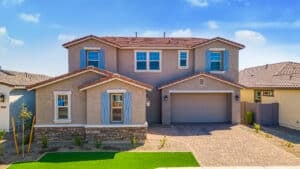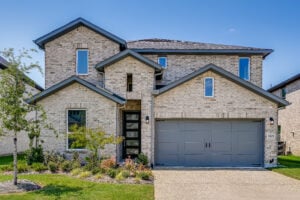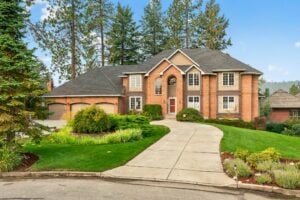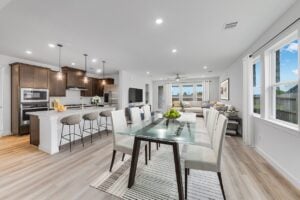Photographers stepping into the world of real estate photography often find themselves reaching for ultra-wide lenses. Even experienced pros often reach for one on a shoot. And why not? These lenses promise to make even the smallest spaces feel expansive and more inviting, capturing an entire room in a single shot.
But here’s the thing: while wide and ultra-wide lenses are incredibly useful, relying on them too much doesn’t always yield the best results.
Ultra-wide lenses can easily skew the way a property is represented. This is perhaps the biggest concern for real estate photos. Not every room needs to look oversized—especially if it risks misleading potential buyers about the actual dimensions of a space.
Sometimes, dialing back the field of view offers a more realistic representation of the home versus creating images that lead to disappointment during in-person showings.
So, are ultra-wide lenses a fantastic tool for real estate photography? Absolutely. But should they always be your go-to? Not necessarily. Let’s unpack when to embrace them—and when to leave them in the bag.
When to use ultra-wide lenses?
Ultra-wide lenses can be incredibly useful tools in real estate photography, such as when documenting large commercial spaces or expansive outdoor shots. For houses with open floor plans, an ultra-wide lens allows you to snap a broader view, giving potential buyers a full glimpse of the property. It’s instantly attention-grabbing, especially for buyers seeking open living spaces.
Lenses with a focal length of 14-16mm (on a full-frame camera) are ideal for emphasizing the spaciousness of large living rooms, grand foyers, entryways, or sweeping property views, providing a true sense of scale and flow. These lenses also excel in showcasing dramatic architectural features.
If a property has high ceilings or a grand staircase, an ultra-wide lens can capture these elements in their entirety. When used thoughtfully, they highlight the flow of design and the interconnectedness of spaces, making them perfect for commercial properties or high-end homes where showcasing grandeur is key.
However, the key to using an ultra-wide lens effectively is knowing when the expansive view actually adds value to the image, rather than overwhelming it. The key is knowing when to use them and avoiding overuse, so they enhance the property’s true size rather than distort it.
What are the disadvantages of ultra-wide lenses?
For one, ultra-wide lenses often come with a hefty trade-off in terms of practicality. As lenses get bigger, faster and wider, they also get heavier. Carrying around bulky gear all day—especially when you’re climbing up six flights of stairs to get to your next listing—can slow you down and affect your workflow.
And though the weight is certainly not a dealbreaker, the most notable drawback is distortion. As the focal length gets wider—especially below 14mm—straight lines in walls, doors, and furniture begin to curve, creating an unnatural, warped effect.
This distortion is particularly pronounced in smaller spaces, where it can make rooms appear oddly shaped, potentially misrepresenting the actual layout and dimensions of a property to clients. Because real estate photography is all about accuracy, this distortion can quickly undermine the professionalism of your images.
Ultra-wide lenses also introduce challenges when photographing certain interiors. For instance, when shooting smaller rooms or tight hallways, the exaggerated perspective of an ultra-wide lens can cause parts of the room to appear disproportionate, with furniture and fixtures looking unnaturally stretched or compressed.
Therefore, while these lenses capture a lot of the scene in one shot, they don’t always provide the most flattering angles. Elements like furniture, decor, and even lighting fixtures may look off-kilter or distorted, making it harder to highlight the room’s best features.
Why Realistic Photos Help Close Deals
Data from the National Association of Realtors (NAR) underscores the importance of high-quality photography in today’s housing market. Their research shows that all homebuyers use the internet to search for properties, and photos are the most valuable content, capturing 41% of attention on listings. Detailed property information (39%) and floor plans (31%) follow closely behind.
This insight is crucial for real estate photographers. Buyers make quick decisions based on the visuals they see online, meaning a single photo can make or break a listing. Images that accurately represent a property’s true dimensions and features help build trust with potential buyers.
Conversely, over-exaggerating a space—particularly through distortion from an ultra-wide lens—can lead to disappointment during in-person showings, damaging the listing’s credibility.
In the end, realistic photos set the right expectations, ensuring buyers know exactly what to expect when they visit a home. Clear, accurate images prevent feelings of being misled, keeping the listing’s integrity intact.
Clients Value the Image, Not the Lens Behind It
Whether you’re just starting out or are a seasoned professional, your clients are ultimately focused on one thing: the quality of the images you deliver. While there’s often pressure to make a small space appear larger—such as with a cramped studio apartment—the most important factor is always the clarity and accuracy of your shots.
While it’s tempting to reach for an ultra-wide lens that goes down to 12mm or 10mm, sometimes a narrower lens can still capture sharp, high-quality images while maintaining a more natural perspective. Relying too heavily on wide-angle lenses to “fix” tight spaces can sometimes lead to distorted results. Real estate agents and potential buyers alike are looking for photos that reflect the true potential of a space—without exaggerating or misrepresenting it.
So, next time you’re on a shoot, take a moment to step back and assess the space. Ask yourself: Will an ultra-wide lens truly add value here, or is a more natural approach the way to go?


